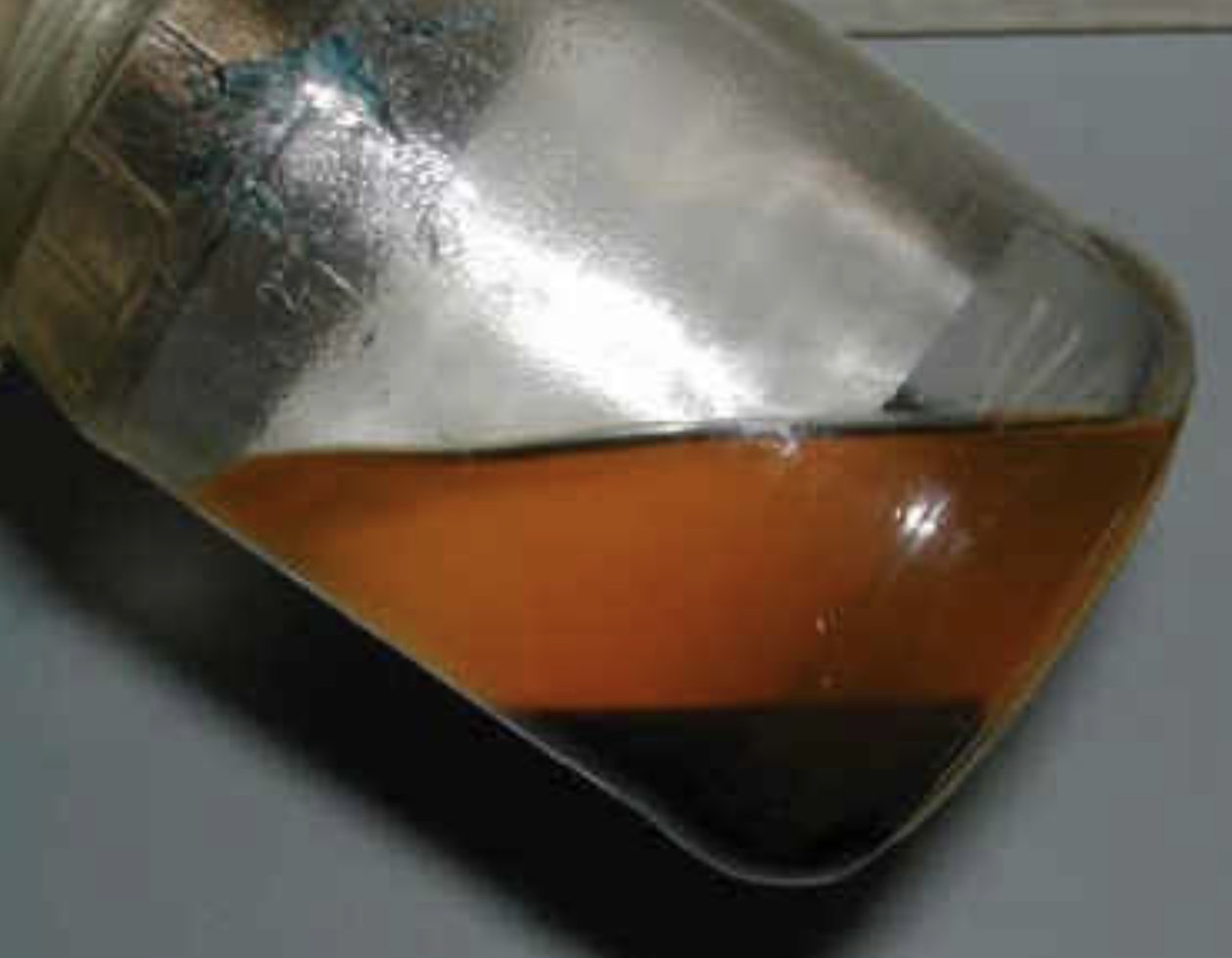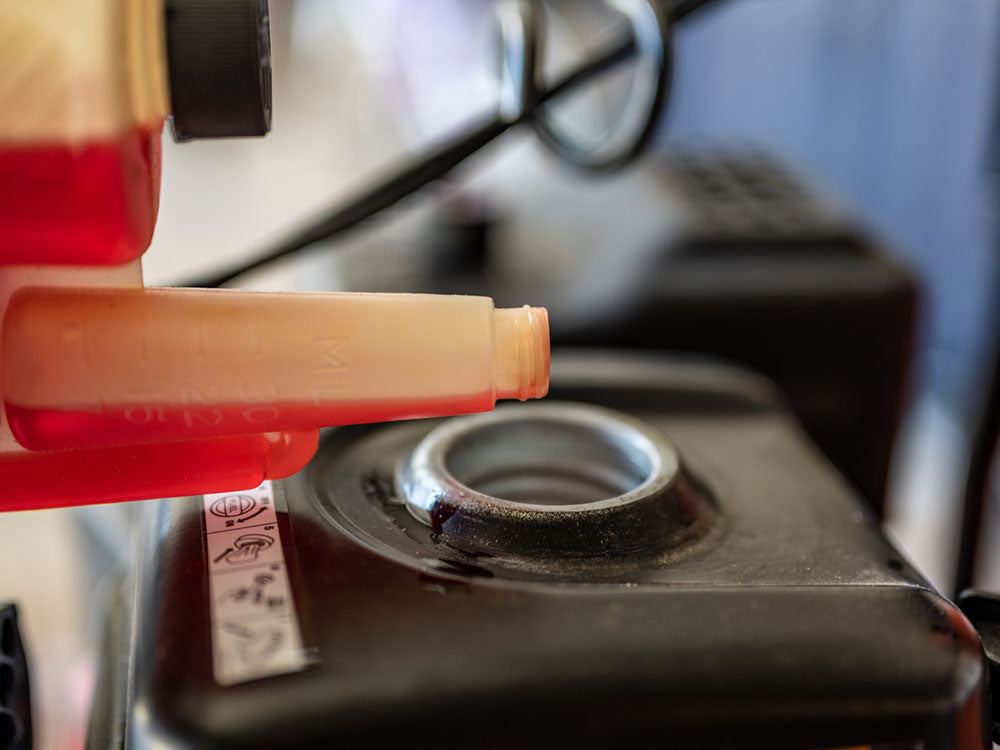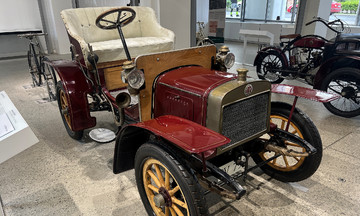Starting next year, Vietnam will implement the widespread use of E10 ethanol gasoline nationwide, replacing traditional gasoline, aiming to reduce emissions and environmental pollution. According to global tests, ethanol gasoline generally doesn't affect engine performance or damage the fuel system in regularly driven vehicles.
However, for vehicles driven infrequently or stored for extended periods, like 1-2 months between starts, the 10% ethanol in E10 gasoline can separate, degrade, and lose its original quality due to ethanol's hygroscopic nature.
 |
Ethanol gasoline separation: the top layer (orange) is gasoline with reduced ethanol concentration, the bottom black layer is a mixture of ethanol and water. Photo: BP |
Ethanol gasoline separation: the top layer (orange) is gasoline with reduced ethanol concentration, the bottom black layer is a mixture of ethanol and water. Photo: BP
This can cause difficulty starting, clogged injectors, combustion chamber deposits, or corrosion in fuel pump components. Fuel stabilizer is often used to extend the lifespan of E10 gasoline in these situations.
What is fuel stabilizer?
Fuel stabilizer is designed to slow down the oxidation, evaporation, or separation in gasoline, especially ethanol blends. When mixed correctly, it limits separation and prevents the formation of deposits in the fuel tank and system. This makes it easier to start vehicles after storage and reduces engine stutter from degraded fuel.
Technical experts recommend fuel stabilizer for vehicles used infrequently, such as during long business trips, extended parking, or long-term storage. It's generally unnecessary for vehicles operated daily or weekly.
Usage tips
Before using, carefully read the instructions for the correct gasoline-to-stabilizer ratio. Bottles often have markings or special designs for accurate measurement.
 |
The fuel stabilizer bottle neck has a built-in measuring cup for accurate dosage. Photo: Vikingbags |
The fuel stabilizer bottle neck has a built-in measuring cup for accurate dosage. Photo: Vikingbags
Add the stabilizer to a full or nearly full fuel tank. A full tank minimizes air space, reducing moisture and fuel evaporation, allowing the stabilizer to work more effectively.
Run the engine for 5-10 minutes to distribute the mixture throughout the fuel system, from the tank and pump to the injectors. This coats the entire system, preventing clogs or deposits from old fuel during storage.
Importantly, fuel stabilizer is only effective with fresh gasoline. It slows degradation but cannot restore old, separated, or low-quality fuel. It's best to add stabilizer immediately after filling the tank and run the engine for a few minutes to ensure proper mixing.
Fuel stabilizer is a helpful solution for infrequently driven vehicles, limiting fuel degradation. However, it's a supplemental measure, not a replacement for regular maintenance or fresh fuel when needed.
For vehicles stored for over 6 months, draining and replacing the old gasoline is the safest option. Attention should also be given to the battery, lubricants, tires, and cooling system, as long-term storage affects more than just the fuel.
Ho Tan










